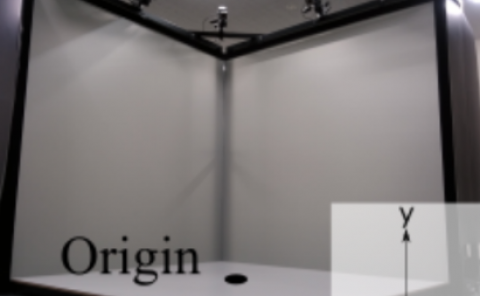Combining Dynamic Passive Haptics and Haptic Retargeting for Enhanced Haptic Feedback in Virtual Reality
PubDate: March 2021
Teams: Saarland University
Writers: André Zenner; Kristin Ullmann; Antonio Krüger

Abstract
To provide immersive haptic experiences, proxy-based haptic feedback systems for virtual reality (VR) face two central challenges: (1) similarity, and (2) colocation. While to solve challenge (1), physical proxy objects need to be sufficiently similar to their virtual counterparts in terms of haptic properties, for challenge (2), proxies and virtual counterparts need to be sufficiently colocated to allow for seamless interactions. To solve these challenges, past research introduced, among others, two successful techniques: (a) Dynamic Passive Haptic Feedback (DPHF), a hardware-based technique that leverages actuated props adapting their physical state during the VR experience, and (b) Haptic Retargeting, a software-based technique leveraging hand redirection to bridge spatial offsets between real and virtual objects. Both concepts have, up to now, not ever been studied in combination. This paper proposes to combine both techniques and reports on the results of a perceptual and a psychophysical experiment situated in a proof-of-concept scenario focused on the perception of virtual weight distribution. We show that users in VR overestimate weight shifts and that, when DPHF and HR are combined, significantly greater shifts can be rendered, compared to using only a weight-shifting prop or unnoticeable hand redirection. Moreover, we find the combination of DPHF and HR to let significantly larger spatial dislocations of proxy and virtual counterpart go unnoticed by users. Our investigation is the first to show the value of combining DPHF and HR in practice, validating that their combination can better solve the challenges of similarity and colocation than the individual techniques can do alone.


